
Ingredient
Culantro leaves
The Vibrant Herb: Culantro Leaves
Culantro leaves are long, serrated, and dark green in color, resembling long-leafed cilantro. They have a pungent aroma and a strong, unique flavor that is often described as a combination of cilantro, citrus, and anise. The leaves are tender yet slightly tougher than cilantro, providing a more robust flavor to dishes.
Origins and history
Culantro leaves are native to Central and South America and have been used in traditional cooking for centuries. They are particularly popular in countries like Puerto Rico, Dominican Republic, and Trinidad and Tobago. These leaves have a rich cultural significance and are an essential ingredient in dishes like sofrito, a flavorful sauce used as a base in many Latin American and Caribbean recipes.
Nutritional information
Culantro leaves are a good source of vitamins A and C, as well as minerals like calcium and iron. They are low in calories and fat, making them a healthy addition to various dishes.
Allergens
There are no known allergens associated with culantro leaves.
How to select
When selecting culantro leaves, look for fresh, vibrant leaves that are free from wilting or yellowing. Avoid leaves with any signs of discoloration or damage. Opt for bunches with firm stems and avoid those with slimy or mushy leaves.
Storage recommendations
To store culantro leaves, wrap them loosely in a damp paper towel and place them in a plastic bag. Store them in the refrigerator for up to one week. Alternatively, you can freeze the leaves by chopping them finely and placing them in an airtight container or freezer bag.
How to produce
Culantro leaves can be easily grown in a sunny spot in your garden or in a pot on your balcony. They thrive in warm climates and require well-drained soil. Regular watering and occasional fertilization will help them grow vigorously.
Preparation tips
Culantro leaves are commonly used in soups, stews, sauces, and marinades. They add a distinct flavor to dishes like arroz con pollo, ceviche, and jerk chicken. They can also be used as a garnish for added freshness and aroma.
Availability
Culantro leaves are widely available in Latin American and Caribbean markets. They can also be found in some Asian grocery stores or specialty herb shops.
More ingredients from this category » Browse all
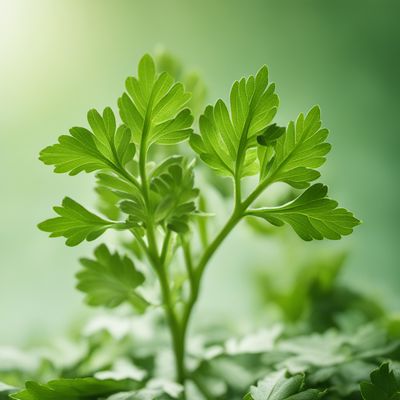
Lovage leaves
The Herbaceous Elixir
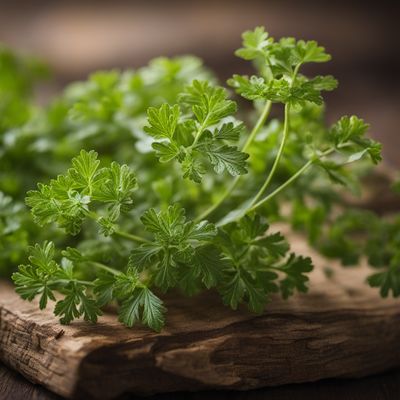
Sweet cicely
The Delicate Herb: Unveiling the Secrets of Sweet Cicely
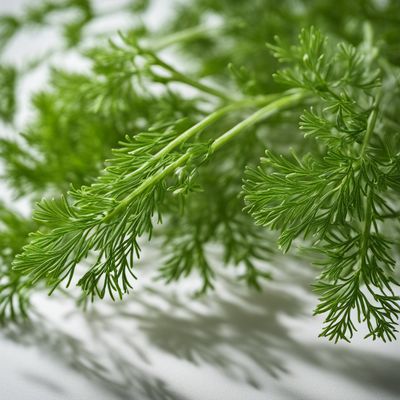
Dill leaves
The Delightful Herb: Dill Leaves

Fennel leaves
The Fragrant Herb: Unveiling the Delights of Fennel Leaves

Herb of grace
The Divine Herb: Unveiling the Secrets of Herb of Grace

Celery leaves
The Unsung Heroes: Exploring the Versatility of Celery Leaves

Pimpernel
The Scarlet Beauty: Pimpernel's Vibrant Flavors
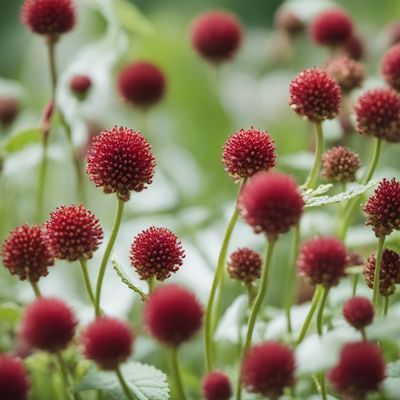
Burnet
The Herb of Coolness

Fenugreek leaves
Aromatic Herbaceous Delight
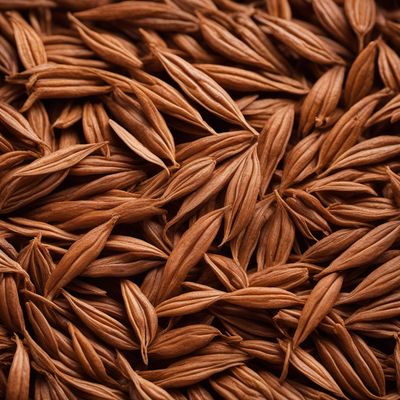
Caraway leaves
The Aromatic Herb: Unveiling the Secrets of Caraway Leaves
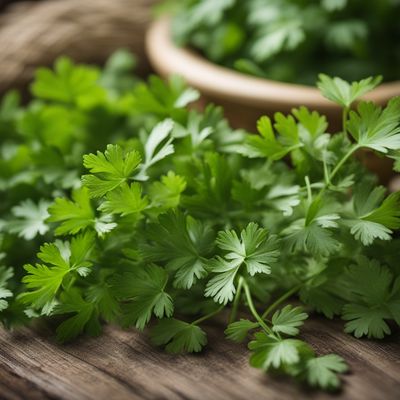
Coriander leaves
The Vibrant Herb: Unveiling the Magic of Coriander Leaves

Sorrel
The Tangy Herb: Unveiling the Secrets of Sorrel
Recipes using Culantro leaves
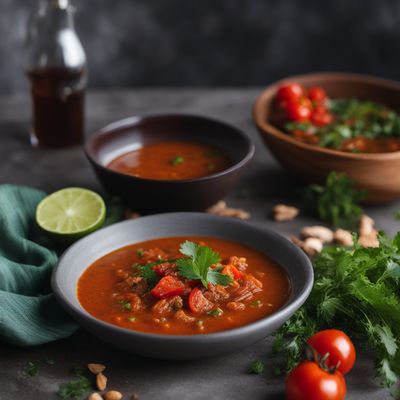
Kontomire Delight
Savory Spinach Stew: A Taste of Ghana
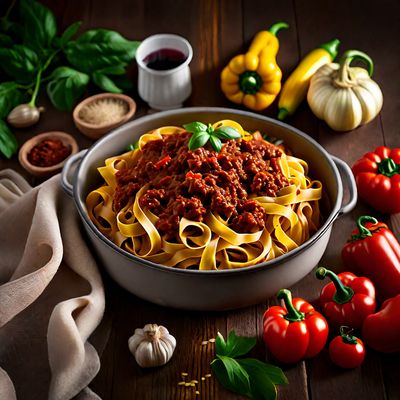
Tagliatelle al ragù alla Bolognese
Tagliatelle con salsa de carne a la Bolognesa

Peruvian-Inspired Focaccia
Andean Herb Focaccia: A Peruvian Twist on an Italian Classic
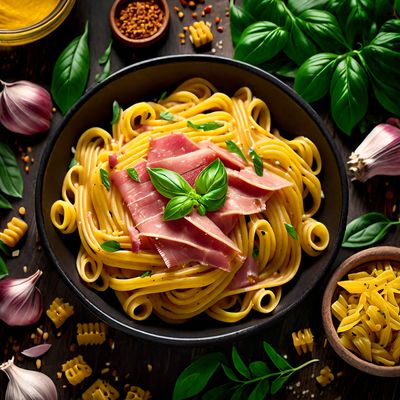
Peruvian-Style Pasta Carbonara
Inca-Inspired Pasta Carbonara: A Fusion of Italian and Peruvian Flavors

Pisarei e fasò - Inca Style
Andean Delight: Inca-Inspired Pisarei e fasò
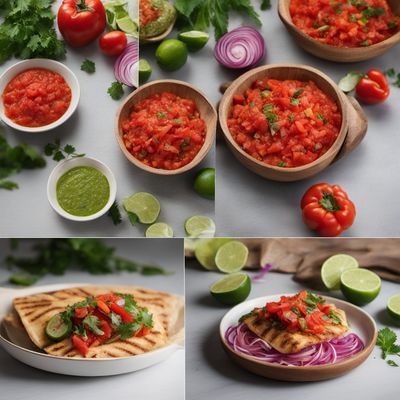
California-style Grilled Banku with Fresh Salsa
Sun-kissed Fusion: Grilled Banku with Vibrant California Salsa